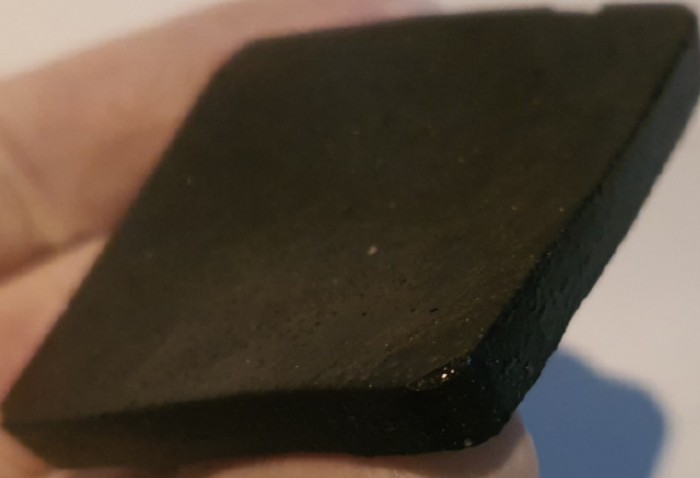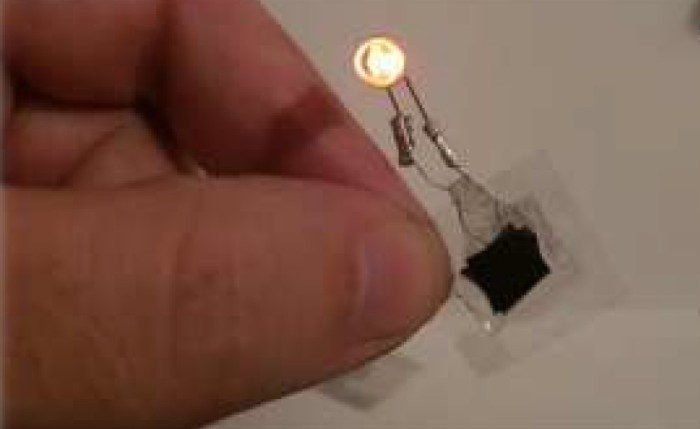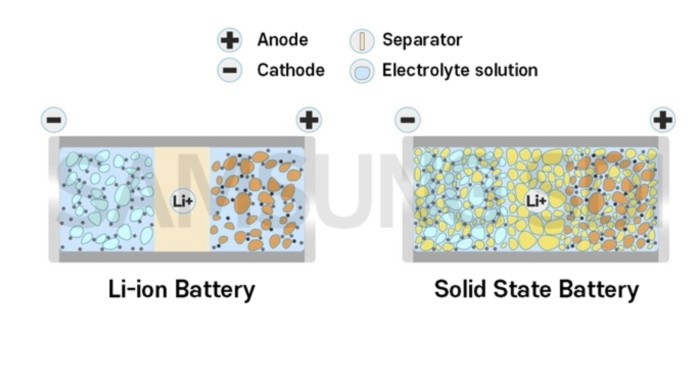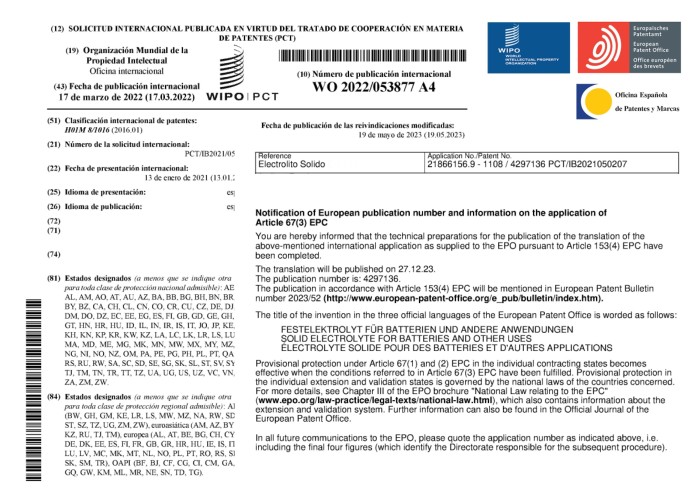
Home List your patent My account Help Support us
Solid Electrolyte for Batteries
[Category : - ELECTRONICS- Automotive Accessories - ELECTRICITY & LIGHTING]
[Viewed 815 times]
Traditional lithium-ion batteries use a liquid or polymer electrolyte to allow ions to move between the electrodes. This electrolyte can be flammable, which can lead to safety concerns. Solid-state batteries use a solid electrolyte, which is much safer and can also operate over a wider temperature range.
Energy Density
Traditional lithium-ion batteries have a high energy density, but solid-state batteries have the potential to be even more energy-dense. This is because solid electrolytes can conduct ions more efficiently than liquid or polymer electrolytes.
Safety
Traditional lithium-ion batteries have a history of safety problems, such as fires and explosions. This is because the liquid or polymer electrolyte can become unstable under certain conditions. Solid-state batteries are much safer because the solid electrolyte is less likely to become unstable.
Operating Temperature Range
?Traditional lithium-ion batteries have a limited operating temperature range. They perform best at room temperature, and their performance can deteriorate in hot or cold temperatures. Solid-state batteries can operate over a wider temperature range, which makes them more suitable for use in a wider range of applications.
Applications
?Traditional lithium-ion batteries are widely used in mobile devices and electric vehicles. However, their safety and temperature limitations are a barrier to wider adoption. Solid-state batteries have the potential to overcome these limitations, which could make them more widely used in electric vehicles and stationary energy storage systems.
Overall, solid-state batteries offer several potential advantages over traditional lithium-ion batteries, including improved safety, higher energy density, and a wider operating temperature range. However, solid-state batteries are still in the early stages of development, and there are challenges that need to be overcome before they can be widely adopted.
Financial information
Patents Market Size?
The global battery market size in 2023 was estimated to be 120 billion USD. It is expected to grow at a compound annual growth rate (CAGR) of 12% between 2023 and 2030. The growth of the market is attributed to the increasing demand for batteries for electric vehicle applications, energy storage, and consumer electronics.
The battery market is divided into three main segments:
Lithium-ion batteries: This segment accounted for the largest share of the market in 2023 and is expected to continue to dominate the market in the future. Lithium-ion batteries are used in a wide range of applications, including electric vehicles, energy storage, and consumer electronics.
Lead-acid batteries: This segment is the second largest segment of the market. Lead-acid batteries are primarily used in stationary applications such as energy storage and telecommunications.
Nickel-cadmium batteries: This segment is the smallest segment of the market. Nickel-cadmium batteries are primarily used in defense and aerospace applications.
The battery market is highly fragmented, with a large number of small and medium-sized players. However, there are a few large players that dominate the market, including Samsung, LG Chem, Panasonic, and BYD.
The main factors driving the growth of the battery market are:
The increasing demand for electric vehicles: Electric vehicles use lithium-ion batteries, which are less efficient than Solid Electrolyte and have a shorter range than Solid Electrolyte batteries.
The increasing demand for energy storage: Energy storage is needed to integrate renewable energies into the electricity grid. Solid Electrolyte batteries are an attractive option for energy storage due to their high efficiency and energy density.
 Patent publications:
Patent publications: No published information
No published informationAsk the inventor for a copy of the filed application
Asking price:
Make an offer
Make an offer




[ Home | List a patent | Manage your account | F.A.Q.|Terms of use | Contact us]
Copyright PatentAuction.com 2004-2017
Page created at 2026-01-09 5:15:23, Patent Auction Time.
 Great invention
Great invention